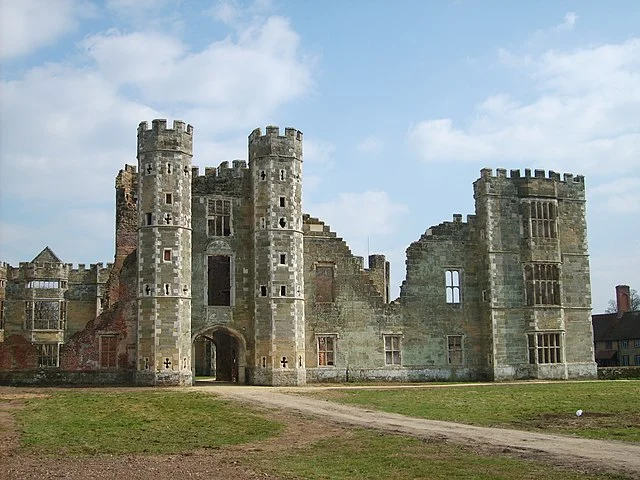Cowdray House is an important historical site in West Sussex, England. The house, built in the 16th century, is a significant example of Tudor architecture. Originally constructed for Sir David Owen in 1520, it passed to his grandson, Sir Anthony Browne, a trusted figure at the court of Henry VIII. Browne was granted the site in 1533, and the house became the Browne family’s seat.
Get your dose of History via Email
Architectural Significance
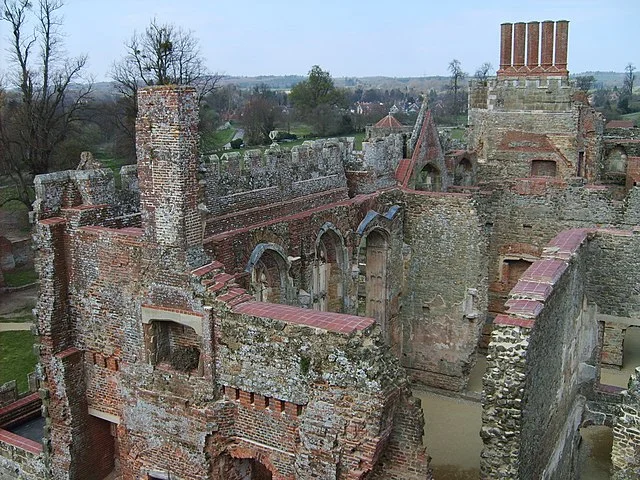
Cowdray House is a classic example of early Tudor design. It features elements such as large bay windows, crenellated walls, and a gatehouse. Its design reflects the shift from medieval fortresses to the more comfortable, domestic settings of Tudor mansions. Notably, the house was not built for defense, but as a status symbol for the powerful Browne family.
Royal Connections
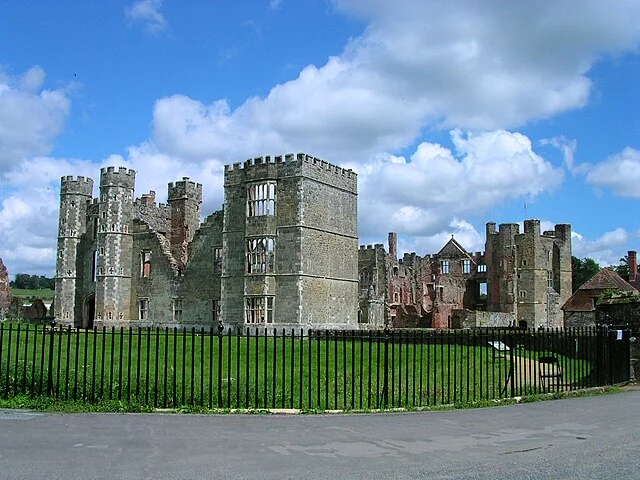
Cowdray House hosted notable figures in English history, including Henry VIII and Elizabeth I. Henry VIII stayed at the house in 1538. Elizabeth I visited in 1591, further elevating its prestige. These royal visits underline the importance of the Browne family in court circles.
Decline and Destruction

Despite its early significance, the house fell into disrepair by the 18th century. In 1793, a devastating fire destroyed much of Cowdray House. The fire occurred while the owner, George Browne, was traveling in Europe. He died shortly after, and the family line ended without an heir. The house was never fully rebuilt, leaving the ruins as they stand today.
Current Condition
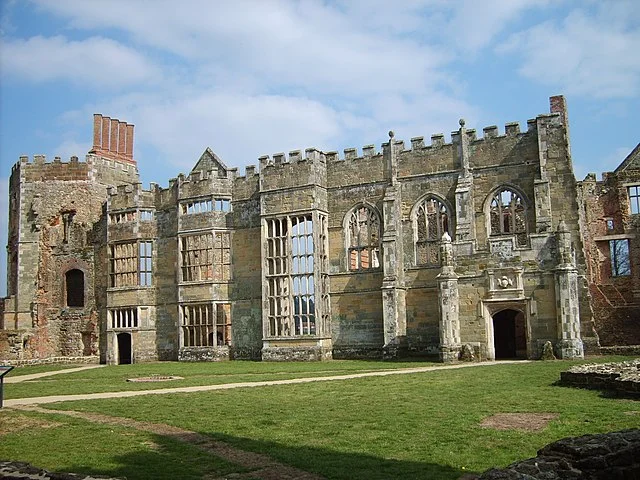
The ruins of Cowdray House are now a preserved historical site. Managed by the Cowdray Estate, they attract visitors interested in English heritage and Tudor history. Although most of the structure is damaged, some features remain intact, including the gatehouse and parts of the main hall. These ruins offer a glimpse into the grandeur of Tudor architecture and the house’s once-prominent role in English society.
Historical Impact
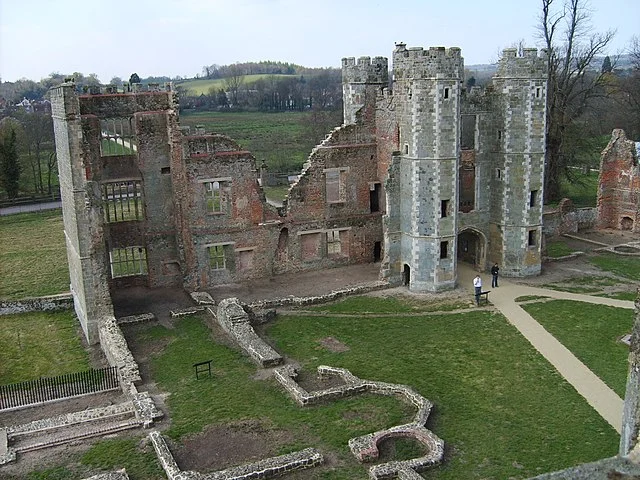
Cowdray House remains an important symbol of Tudor England. Its architectural style and connections to key historical figures make it a valuable site for understanding the period. Though now in ruins, its past as a center of political power continues to draw the attention of historians and tourists alike.
Source:

